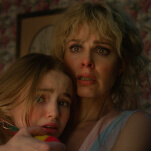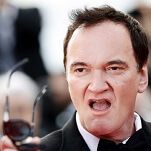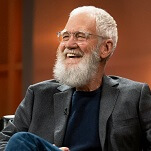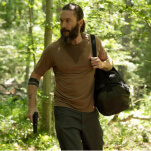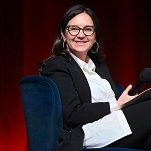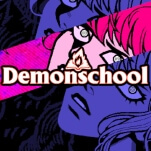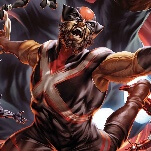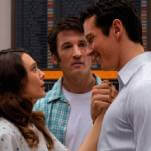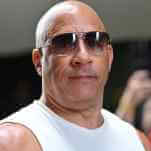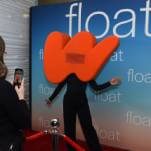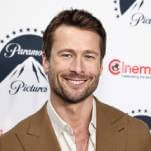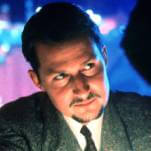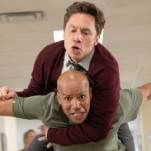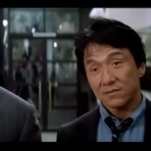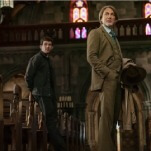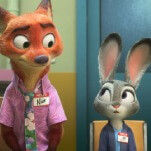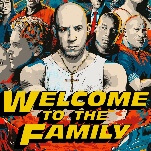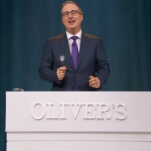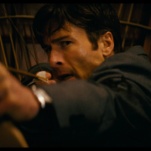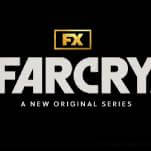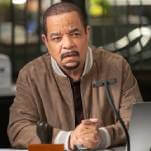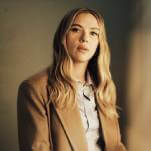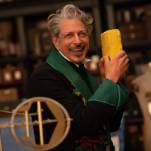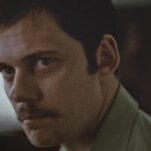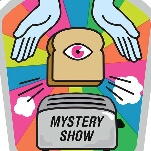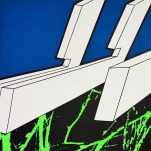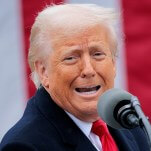Mythbusters’ Adam Savage remembers his father’s Sesame Street animations

Best known as one of the co-hosts of Discovery’s MythBusters, Adam Savage’s first television performance came courtesy of Children’s Television Workshop. He had a connection: His father, visual artist Whitney Lee Savage, contributed animated segments to Sesame Street and The Electric Company. In honor of Sesame Street’s 45th anniversary, The A.V. Club asked Savage to reflect on his father’s work for the show.
I’m going to tell you some stories about my dad. They won’t give you the full picture of the difficult, loving, amazing, terrifying, creative, and stultifying force my father could be, but then not much could. Parents are always mystifying to their children.
As far as Sesame Street goes, it was simply part of our house: We watched it (and the awesome Electric Company—with the young Morgan Freeman and Rita Moreno) every day. But it also put food on our table and a house over our heads. Literally.
In the early ’60s my father was a genuine Mad Man. He made his living doing large national ad campaigns for everyone: giant soda companies, international airlines, bug sprays, and everything in between. He worked with the best: Bob Blechman, Ivan Chermayeff, Milton Glaser, Ralph Bakshi, and countless others. Around the time I was born (in 1967, thank you), he pulled the rip cord and got completely out of the ad business—simply because it was killing him. Being an excellent illustrator, he’d done plenty of hand-drawn cell animation during his ad years, and once free, he turned that skill into a solid living to raise his family.
When Sesame Street started in 1969, the look and feel of the early shows relied heavily on animation, as produced by Emmy-winning TV producer Edith Zornow. I don’t know how or when my dad met Edith, but I do know that throughout the ’70s, he’d meet with her about once a year to pitch stuff. He’d show up with a dozen ideas for small 30-second animated spots, the interstitials that ran between the live-action segments of Sesame Street. Edith would invariably purchase two or three, sometimes more. He’d then go back to his studio behind our house in North Tarrytown, New York (now Sleepy Hollow), where over the next two or three months he’d draw, ink, paint, and film those spots. They provided income enough to pay our mortgage and expenses—we weren’t poor but we were far from well-off. That done, he’d do what he considered his real work: paint for the rest of the year.
One of the first spots I remember is about a construction worker named Harry. We find out that Harry loves eating his lunch high in the sky. We see Harry climbing ever higher until he’s atop the top beam of the building he’s working on. Then someone yells from the ground: “HARRY! YOU FORGOT YOUR LUNCH!”


